We've all been to museums as children where the glass cases were full of pebbles and broken glass, and next to things that didn't fit under the glass, there was a sign saying 'DO NOT TOUCH THE EXHIBITS'. The guide said something, and we were frankly bored. Today, we can give our children the gift of a trip to a museum where they can touch the exhibits with their hands and use them to experiment and make discoveries.
There are science and technology museums in many countries, and visiting them is a great way to get your child interested in physics, chemistry or biology. Kidpassage highlights Europe's ten most impressive museums, so you can use this information when travelling with children.
Contents
- The Science Museum in London, UK
- Nemo Science Museum in Amsterdam, Netherlands
- CosmoCaixa Museum in Barcelona, Spain
- Deutsches Museum in Munich, Germany
- Eureka Museum in Vantaa, Finland
- The City of Science and Technology in Paris, France
- The Technical Museum of Vienna, Austria
- MUSE - The Science Museum of Trento, Italy
- VIDA! Science Centre Brno, Czech Republic
- The Universeum in Göterberg, Sweden

1. The Science Museum in London, UK
This museum opened in the mid-19th century. Today, more than 300,000 exhibits demonstrate nature's unique possibilities. The ingenious contraptions that puff, squeak and spin make it possible to understand the laws of dynamics, optics, acoustics and magnetism. A stunning exhibition of steam engines explores the history of the Industrial Revolution in Britain while dinosaurs stroll alongside the wonders of technology. In one room, you can survive a real earthquake (without injury); in another, you can find out how scientists believe humanity can survive climate change.
Here you will enjoy live science shows and demonstrations, meet excellent science Explainers, and reveal the beauty of the science and maths that shape our everyday lives.
Website: www.sciencemuseum.org.uk
Address: Exhibition Road, South Kensington, London SW7 2DD
Don't miss: Wonderlab: The Equinor Gallery; Medicine: The Wellcome Galleries
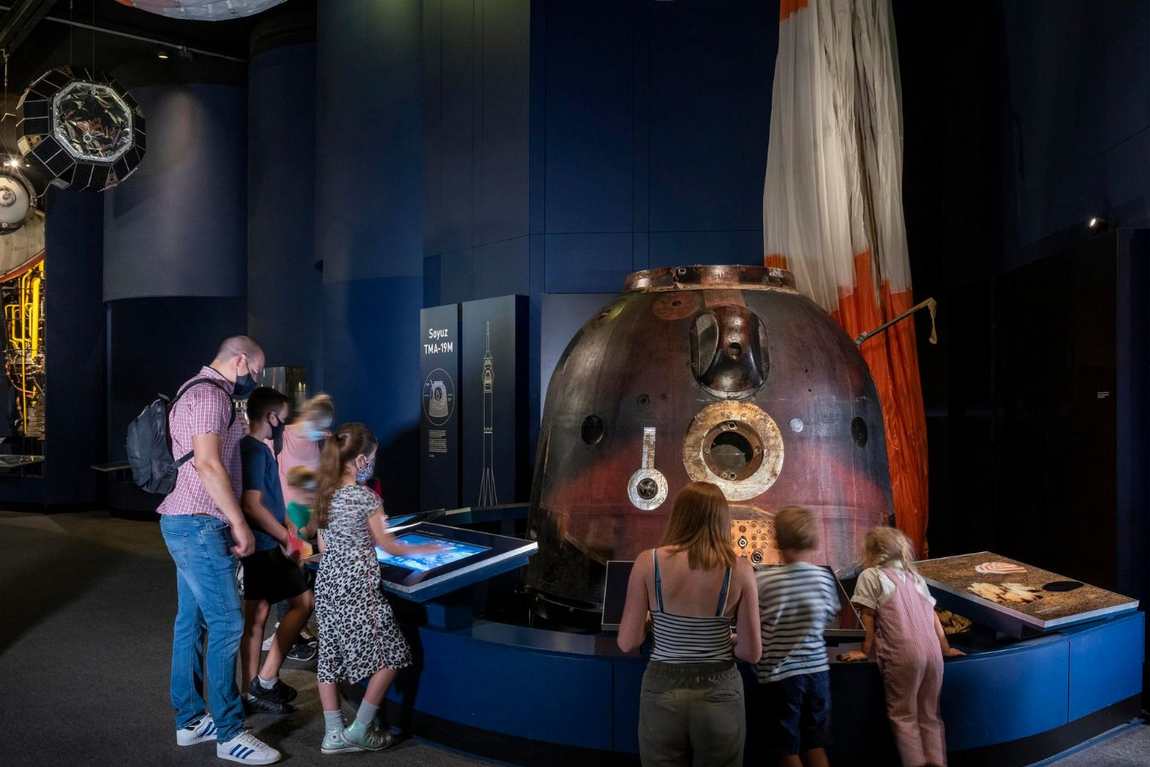
2. NEMO Science Museum in Amsterdam, Netherlands
It is a popular tourist attraction with almost 700,000 visitors a year. Nemo takes visitors to the Land of Knowledge in a giant five-storey ship. The highlight of the centre is that there are exhibits for both young and older children. The complexity of the exhibits increases with each floor, but learning is combined with play throughout. Children can enter a soap bubble, look into crooked mirrors, build arched bridges and dams, experiment with light and sound and even assemble robots. It is a place to apply existing knowledge and learn new ones. Even the roof of the museum is made for experimentation. You can also take a dip in the swimming pool.
Website: https://www.nemosciencemuseum.nl
Address: Oosterdok 2, 1011 VX Amsterdam
Don't miss: Humania, World of shapes,Life in the Universe
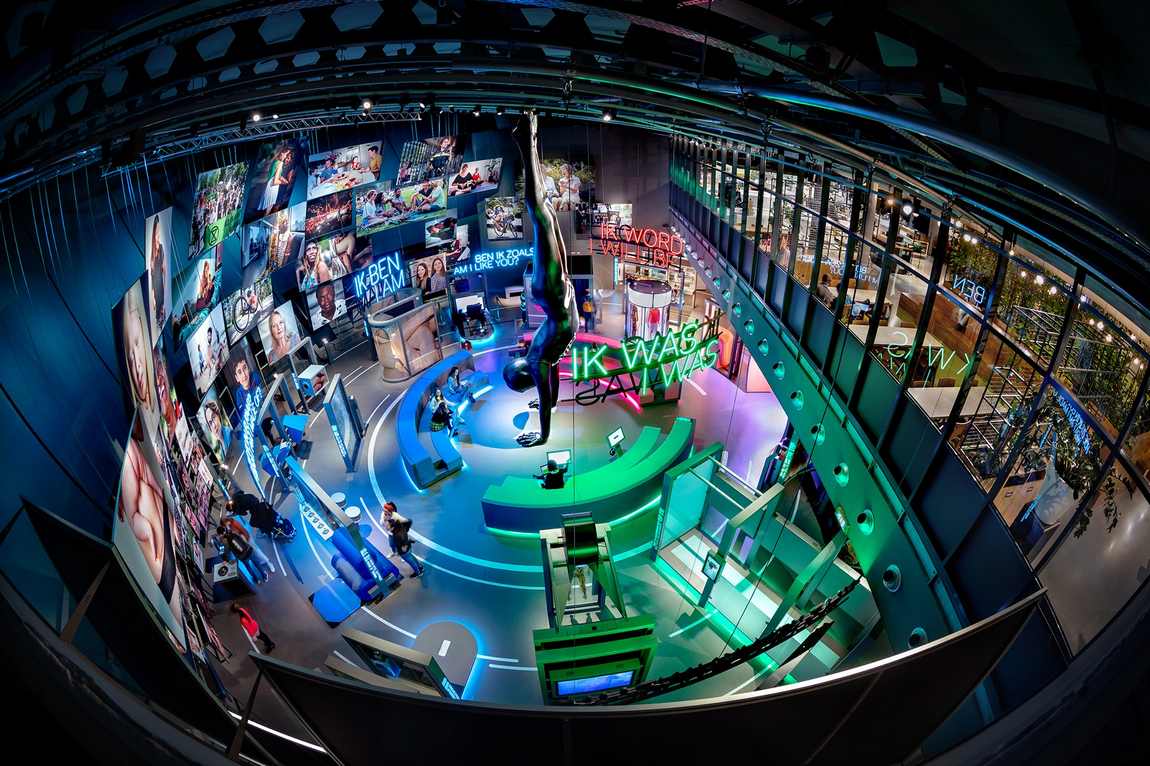
3. CosmoCaixa Museum in Barcelona, Spain
The museum has exhibits that will amaze children and adults alike. You can find yourself in a natural tropical jungle with anacondas, caimans, poisonous frogs, a terrible tropical rainstorm, a glimpse inside the Earth and even a visit to a time when life on our planet was beginning. Children will be fascinated to learn how electricity is generated and how a magnifying glass works, and toddlers will be fascinated by a bubble machine that blows bubbles at the touch of a button.
Website: https://cosmocaixa.org
Address: Carrer D'Isaac Newton, 26, 08022 Barcelona
Don't miss: 3D planetarium, model of an active volcano, the Universe.
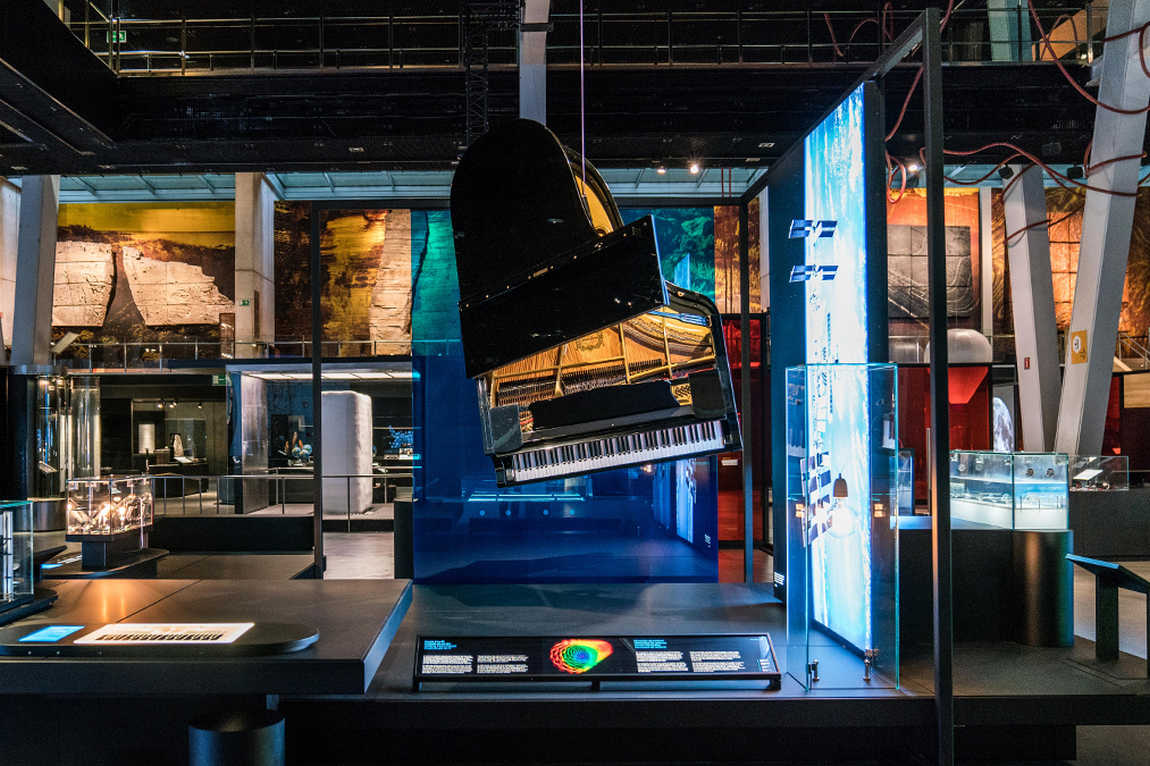
4. Deutsches Museum in Munich, Germany
The museum covers various subjects: astronomy to marine biology, nanotechnology to mining, watches and musical instruments to pharmaceuticals.
The Deutsches Museum in Munich is full of incredible and eye-catching exhibits showcasing advances in science and technology. There are rooms dedicated to aviation and shipbuilding, road and rail transport and the history of computing. You can peek inside an internal combustion engine, see how a dynamo works, spin like a squirrel in a wheel or become an experimental chemist. There's a whole 'children's kingdom' for the little ones, with many exciting things for curious minds.
Website: https://www.deutsches-museum.de/en
Address: Museumsinsel 1, München
Don't miss: Kids' Kingdom, Classical optics, Musical instruments
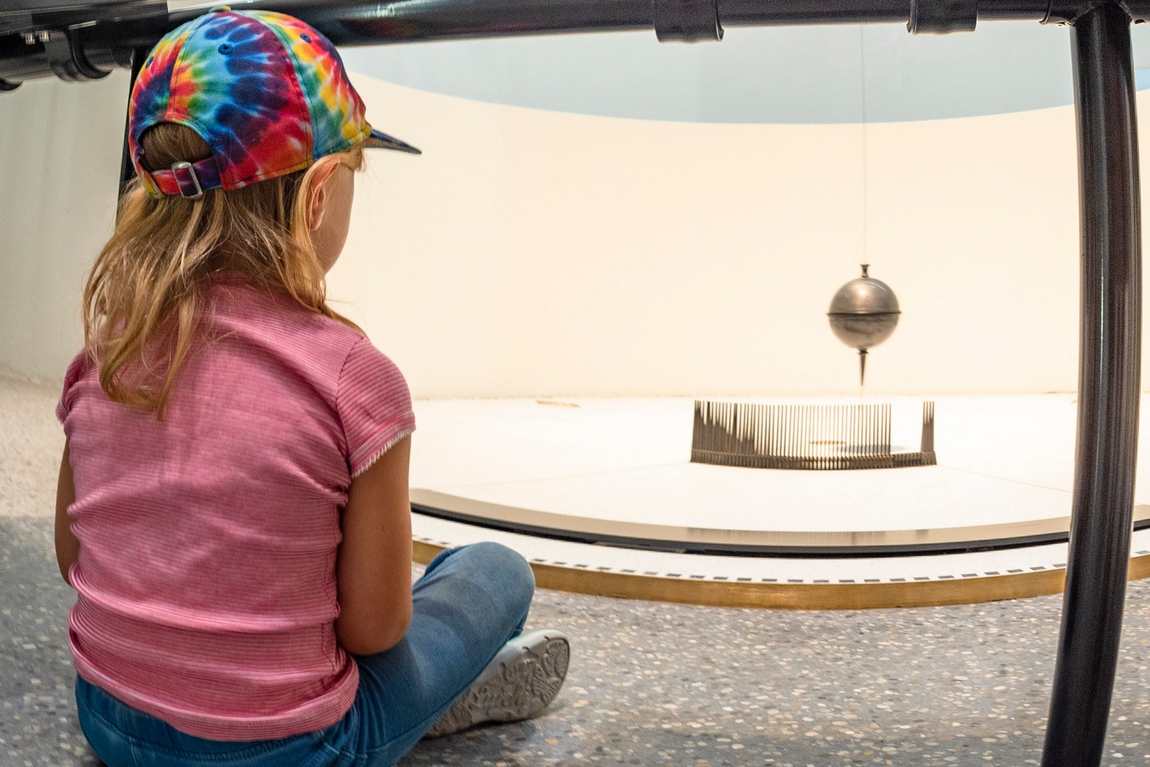
5. Eureka Museum in Vantaa, Finland
You could call it a science museum — visitors experiment with the Mobius strip and the Klein bottle, conduct experiments in a laboratory and even lift a car. You can tour inside a human cell or fly to a distant planet - the museum's spherical cinema shows films about it. You can also ride in the future transport or build an ideal city out of cubes.
As a special offer, you can ride a bike on a tightrope or walk on the moon's surface in a spacesuit.
Website: http://www.heureka.fi
Address: Kuninkaalantie 7, Vantaa
Don't miss: Facing disaster, The power of play, The Idea Workshop — invent, build and experiment.
.jpg)
6. The City of Science and Technology in Paris, France
It is a significant science centre located in La Villette Park. Its exhibitions focus on the basic sciences, but the exhibits are designed to elicit a direct reaction from the visitor. For example, you can ask the Mona Lisa a question and get an answer, whisper something into the ear of someone standing across the hall using a stone funnel, and fly in an aeroplane simulator.
It has various fascinating exhibitions on exploration, medicine, space, botany and industry. There is also an impressive planetarium, a submarine, an IMAX theatre (La Géode) and a children's playground.
There is a separate Science City for young and middle-aged children, where you can try different careers and participate in interactive demonstrations for over an hour and a half.
Website: http://www.cite-sciences.fr
Address: 30, avenue Corentin-Cariou - F-75019 Paris
Don't miss: BR4IN, Mathematics, Sounds
.jpg)
7. The Technical Museum of Vienna, Austria
The museum has an extensive collection of technological inventions, from sewing machines to aeroplanes. Children used to modern, comfortable transport will be amazed and delighted to try out clumsy cars and carriages from over a hundred years ago. The physics room is exciting to children — they can generate energy by pedalling, understand how solar panels are charged or perform surgery on a virtual patient.
Website: https://www.technischesmuseum.at
Address: Mariahilfer Straße 212, Wien
Don't miss: Science zone mini for children aged 2-6.
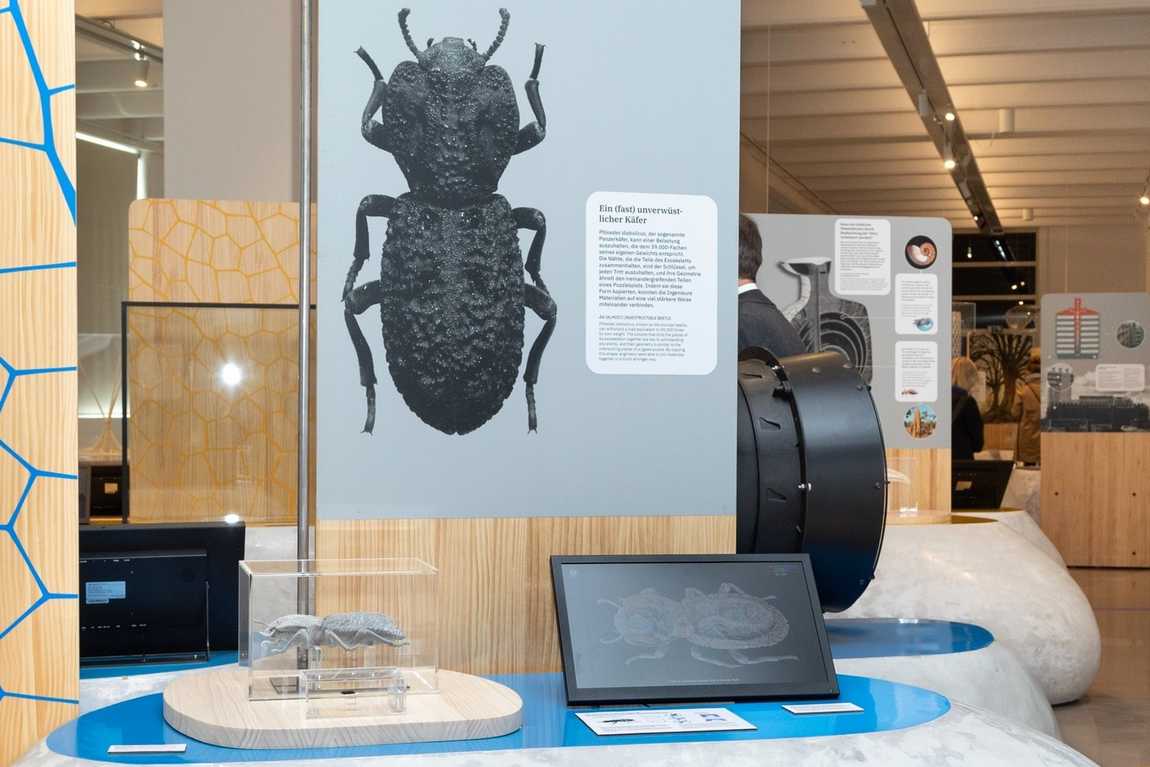
8. MUSE – The Science Museum of Trento, Italy
A 19,000 square metre former industrial site has been transformed by the famous architect Renzo Piano into a museum and a space for reflection on the relationship between man and nature. That is how MUSE was born, the only museum in Italy to be awarded a Certificate of Merit by the European Museum of the Year Awards 2015 jury.
Here you can touch minerals and rocks, look through a real microscope and see plants from Tanzania's forests growing in a greenhouse. There is also a collection of fossilized local dinosaurs, the first tools and weapons of primitive man.
The museum has a tropical exhibition. It is a separate greenhouse with tropical plants that recreates a unique microclimate.
Website: https://www.muse.it/en/
Address: C.so del Lavoro e della Scienza, 3 38122 Trento
Don't miss: biotope, a vegetable garden.
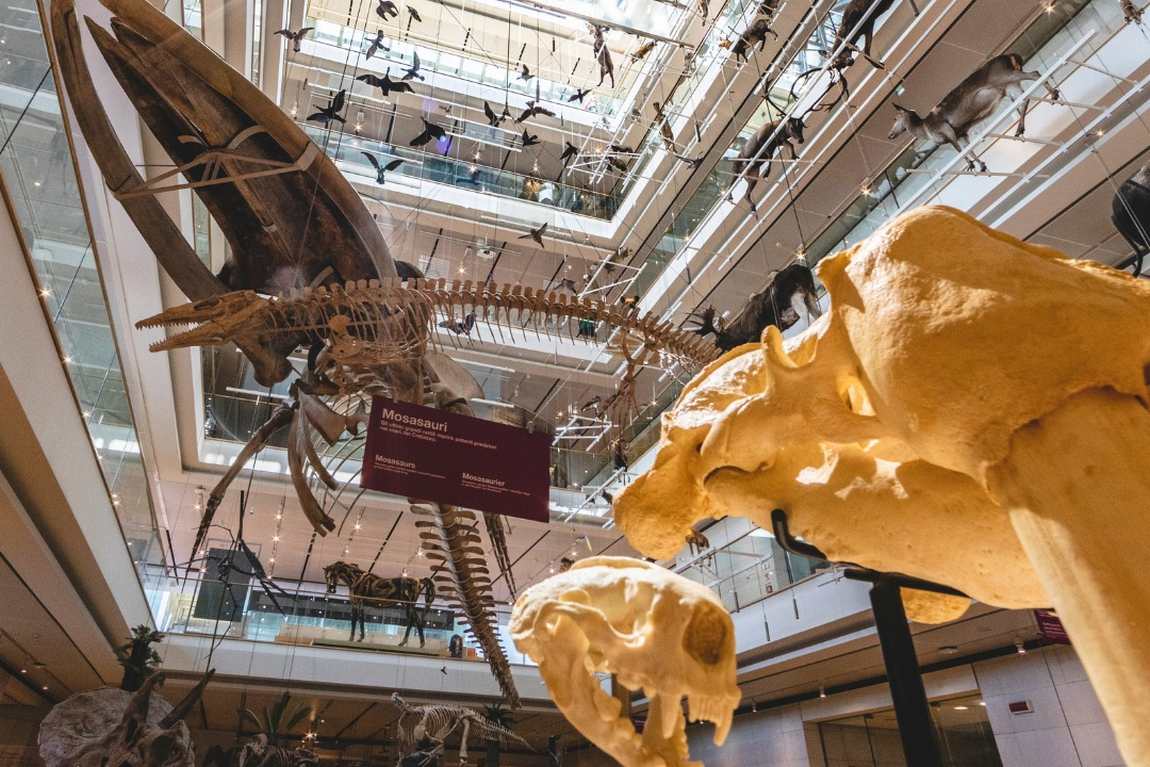
9. VIDA! SCIENCE CENTER Brno, Czech Republic
Visiting this incredible place, you can explore more than 180 interactive exhibits spread across nearly 6,200 square metres and better understand the world around us. The unique exhibition has four thematic sections: Planet, Civilisation, Human and Microworld. The Children’s science centre is an independent section for visitors from 2 to 6 years old.
The supporting programme of the Vida! Park consists of shows full of scientific experiments, 3D films, laboratories for families with children, and a particular area for DIY and VIDA! After-dark events for adults.
Website: https://vida.cz/en/
Address: Křížkovského 554/12, 603 00 Brno-střed
Don't miss: Children's science centre, Microworld, Planet.
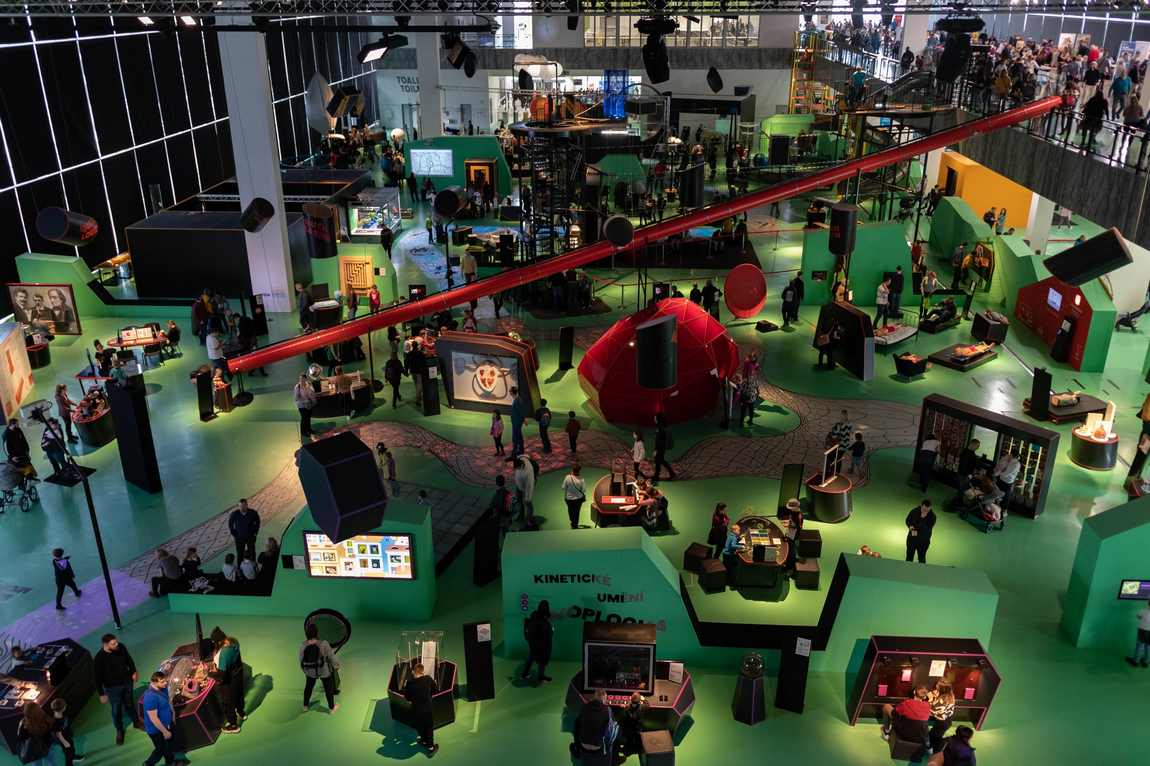
10. The Universeum in Göteborg, Sweden
Universeum is Sweden's national science centre and a powerful arena for learning and popular education in science, technology and sustainable development. The centre's primary goal is to positively influence children's attitudes towards science, technology and mathematics so that children and young people become interested in them and that this interest develops into knowledge. Everything at the Universeum is based on natural science.
This interactive seven-storey museum is particularly popular with families with children. Every day is an adventure. You can go on a rainforest safari, fly into space, dive into the ocean's depths or hike in the Swedish wilderness.
Website: https://www.universeum.se/en/
Address: Södra vägen 50, Göteborg
Don't miss: Ocean Zone, The Rainforest
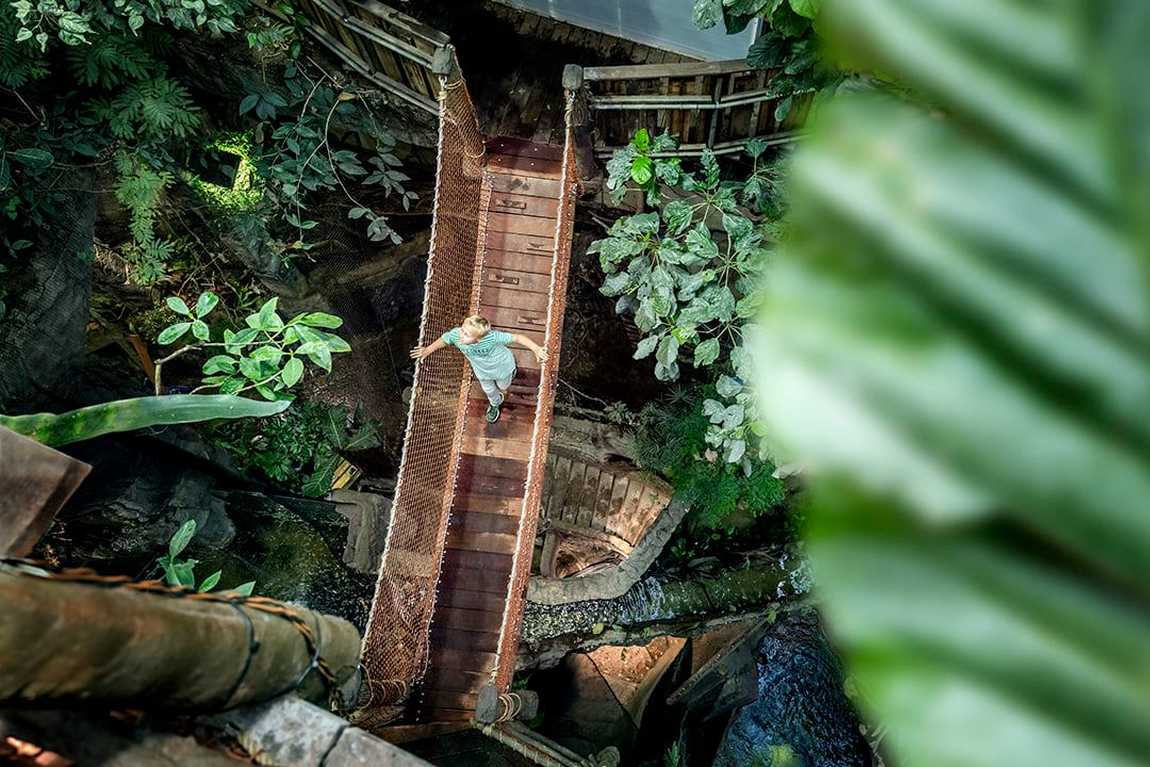
Once they've been to one of these museums, your child will never call science or the exact sciences boring — they'll see first-hand how exciting physics, chemistry or maths can be.






